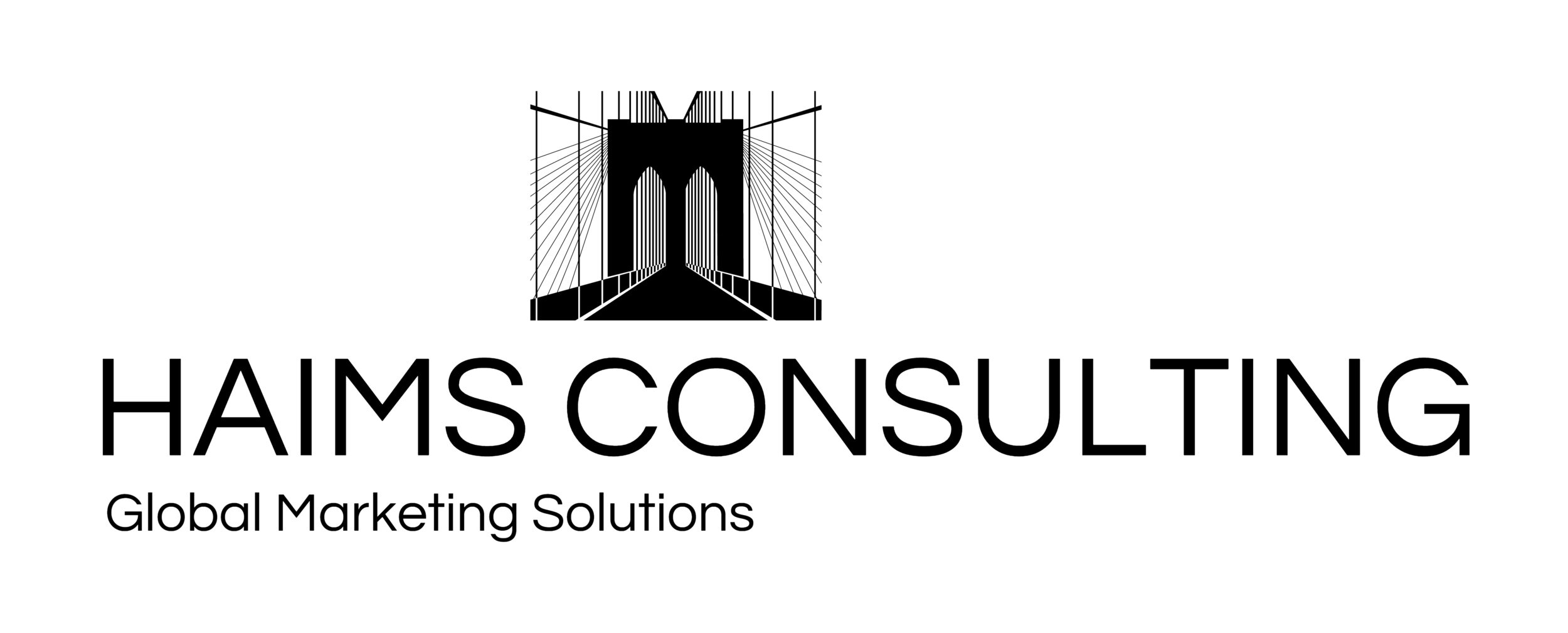Naming Assets
Thank you to everyone who has been checking out my posts. I would like to delve further into something that I have mentioned in a few of my articles and that is Asset Naming. This subject is extremely sensitive to many people in your organization. Why is something that seems so minute turn into the most monumental of tasks? Let’s delve into this to avoid any future frustration and arguments.
Finding Assets
The biggest reason for the sensitivity that surrounds asset naming is that the name enables people to easily find assets. DAMs are often thought of as repositories and it is important that we promote these differently. This is assuming DAM is something static when that is not the case. In today’s business DAMs disseminate information and record history. We no longer need to rely on the name for search functionality. That is where meta data comes into play.
Meta Data
Many assume that we need to include the meta data for assets in the name. This would only apply if no asset management system is in place. I have worked in environments where assets are merely stored on secure servers. Unfortunately, we can’t include all meta data in the name. It would simply be too long.
Foreign Languages
In our global business landscape, many assets have different names in different countries. There are many reasons for this. It can be either due to the language spoken in country or for marketing purposes. You have the option of keeping all your data attached to one asset or having multiple versions of the same asset which often leads to having to update information on several assets as opposed to one. I believe that having duplicative assets leads to confusion because it is difficult to remember to update multiple assets.
Multiple users
In addition to foreign languages, we must consider the user job function in additional to language spoken. Many teams will want the name to suit their specific projects. Projects can also be stored in meta data.
SOLUTIONS
Unique identifiers allow asset managers to track assets irrespective of the file name. Allow users to name assets however they want for their purposes.
Robust meta data and search functionality allow for your user easy findability.
Meta data stamping on all assets allow for information to travel with your assets.
In conclusion, your customers need to be assured that their assets will not be lost in space. Promote an environment of confidence that the assets are easy to find and store the most current information. If you have any questions, you can always reach out to me for a consultation at erica@haimsconsulting.com. I would be happy to help.
